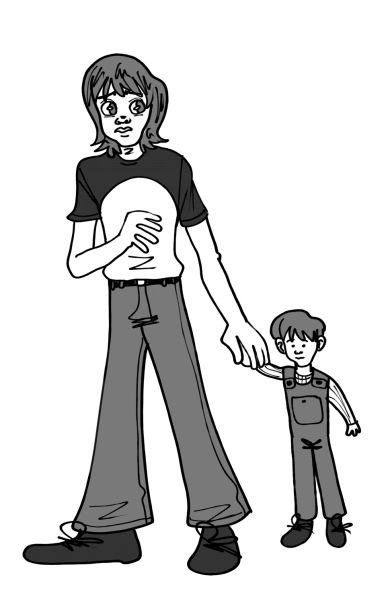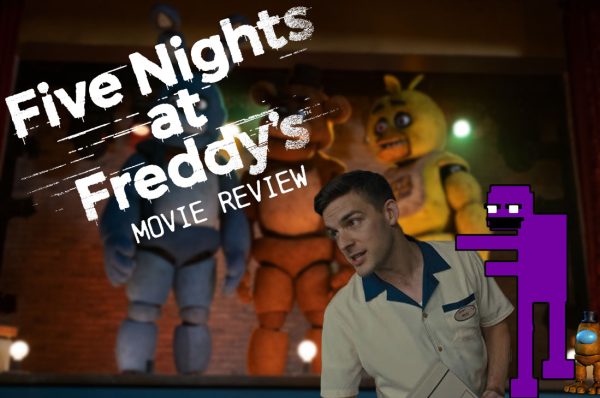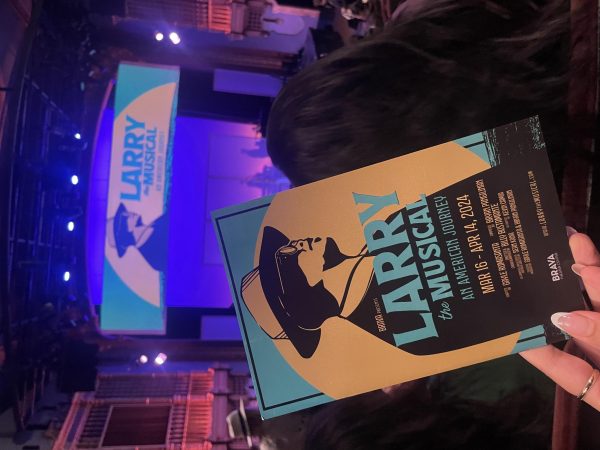The rise of Asian representation in the media
“To All The Boys I’ve Loved Before”, “Crazy Rich Asians”, “Bao”. What these films all have in common is Asian representation.
Main characters in films have typically been white, up until now. With this newfound explosion of popularity for “To All The Boys I’ve Loved Before”, a movie based on a book written by Jenny Han, Asian representation is at a high point.
“Never in my life have I seen an Asian-American girl star in a teen movie before, so that for me is the best part,” Han said in an interview in The Mary Sue.
Lana Condor, the actress who plays Lara Jean Covey in the film, was interviewed by Kathleen Hou of The Cut about the auditioning process. “People in Hollywood defer to what they know, which is a white lead… The audition description said that they were specifically looking for an Asian actress, I was like, I actually have a chance at getting this?”
Not only has this film become a hit, but it also displays how an Asian actress can be just as qualified and talented as a white actress.
Sean Sliger, a film student at Skyline College, talked about how we are an audience who wants to see a non-stereotype-filled film.
“There are great Asian films, it’s just film is noticed more by western culture,” Sliger said. “Indian or Chinese films are largely overlooked by the general audience of Americans.”
In “Crazy Rich Asians”, another romantic comedy, each supporting character (as well as main character) is of Asian heritage.
“What does this say about the experience of being Asian-American, how it shapes you differently than the experience of being Asian-Asian?” Sliger said. “People think it’s the same, but when you grow up without your face being a part of dominant culture, it changes things. I worry that the need to diversify will only be seen as a major source of revenue for large studios. The need to appeal to trends and not so much cultural representation.”
These films are a big step towards the future of film production and racial influence.
“Bao” is a short film by Pixar, a company who also brought us “Toy Story”, “Inside Out”, “Finding Nemo” and more childhood favorites. This short film was played before the “Incredibles 2” film this year. In “Bao” we see a mother and her stages of coping through empty nest syndrome as she watches her son grow from a little dumpling to a man.
All but one of the characters in this short film are of Asian descent and display everyday life for the mother, such as going to an Asian market for groceries, socializing with friends, and making traditional food, especially dumplings. When pitching this project to Pixar, Domee Shi, the director, was asked to ‘tone down’ the cultural differences.
“The strange thing is I never had feelings of doubt about the cultural details,” Shi said in an interview with This Worthey Life. “I wanted to tell this universal story about food bringing family together and overprotective parents learning to let go of their children, and I still hope that those themes resonate with audiences who might not be Asian.”
Shi explains that the point of the film was not to promote his race but rather share a story about a family that people can relate to.
“I feel like during this generation of film making, more directors are attempting to step away from stereotypes of certain ethnicities because of how we as the audience speak openly of our disgust for horrible representations of these ethnicities,” Sliger said.
Race used to play a huge role in the auditioning process, but due to the ever-growing popularity of these films it seems that the lack of diverse representation in media may be coming to an end in the film industry.














